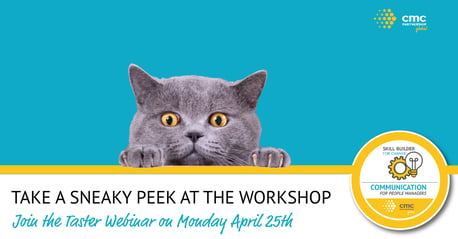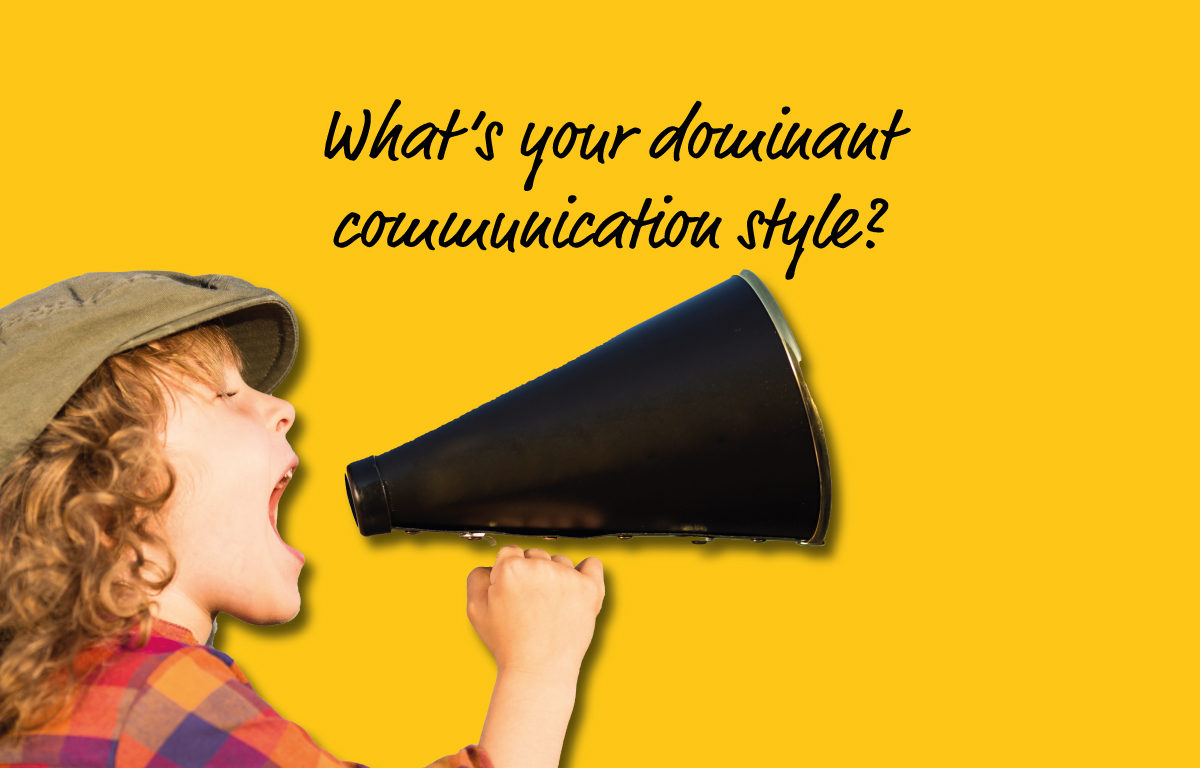A few years ago, I was part of a project team brought together to deliver a new technology solution for client services. Multiple teams in our organisation would need to change their processes to accommodate the new solution. My role was to create a change communication strategy to help leaders and managers communicate change messages effectively to their teams throughout the process.
The project team met for our kick-off meeting to unpack each line item on the brief. And then something remarkable happened when we got to the change communication line. One of the teams younger analysts took the risk to say what most people in the room were probably thinking: 'I don't know what this line item means. What is change communication?'
I love it when people feel comfortable enough to ask a sincere question because it takes us straight to the point. The analyst's question ignited a conversation in the room that helped the team unpack the concept of change communication and what it would mean for the project. It is a conversation that should be happening in every organisation.
Are you a reader who quietly wonders, 'What is change communication?'
All to often, the concept of change communication is introduced into organisations without also helping people understand what it means. This is unfortunate because a new idea is nothing more than corporate jargon until individuals can grasp what it means and how to apply it.
We will not try to impress you with fancy terminology or PhD definitions. Our goal with this blog is to unpack the concept of change communication into its simplest form.
A Dose of Communication and a Dollop of Change
According to Oxford Dictionaries, communication means:
the imparting or exchanging of information by speaking, writing, or using some other medium.
Speaking, writing, using other mediums? How can this definition help us understand the unique nature of change communication when it literally describes the way we communicate in the workplace all the time, every day? Does this mean that change and daily communication are the same? Not!

Information can run a business or change a business
Think about the interaction between a manager and their team. The way teams engage when trying to meet daily goals looks different to when they need to move from something old to something new.
Operational (run the business) communication
Our daily work conversations generally revolve around what we need to accomplish each day to keep the business running. When a manager and team engage for operations, they usually discuss instructions, targets, processes, status, risks, issues and more. There is a high level of certainty about what needs to be achieved and how. Using one-way channels to interact is often preferred as long as they support an ongoing conversation to reach operational goals.
Change the business communication
On the other hand, when changing the business, a manager must consider the likelihood that employees might feel threatened. The high level of uncertainty during change conversations creates emotions generally not present in 'run the business' conversations.
Generally, change messages emphasise moving from here to there, and the 'there' can often leave employees feeling nervous and uncertain. Employees seek out very specific information when faced with change. How you effectively communicate this information, whilst being aware of your communication style, can either hinder or aid the change process.
Your strategy towards change communication should involve a greater level of interpersonal connection and more opportunities for asking questions that operational communication would require. Two-way, real-time communication channels are the most effective way of doing this.
To sum up, it is about choosing the preferred communicator to give employees the information they really want to hear at the right time. It takes into account people's threat response to change.
The CMC response to a sincere question
Our experience at CMC has taught us that change communication needs to be managed differently from operational communication. The confusion in organisations around what this looks like in practice is common, and we encourage individuals to ask sincere questions to unpack what this difference might look like. The good news is that understanding the fundamental differences outlined in today's blog is the first step to becoming to effective change communicator.
Are you ready to learn how to communicate with your team in times of change? The CMC Skill Builder for Change - Communication for People Managers will help you explore what communication styles you and your team prefer and how you can use this information to take your communication skills to the next level. You'll gain access to tools, templates, and a case study and we will help you apply what you'll learn to a real life project.
Would you like to learn more about this Skill Builder?


